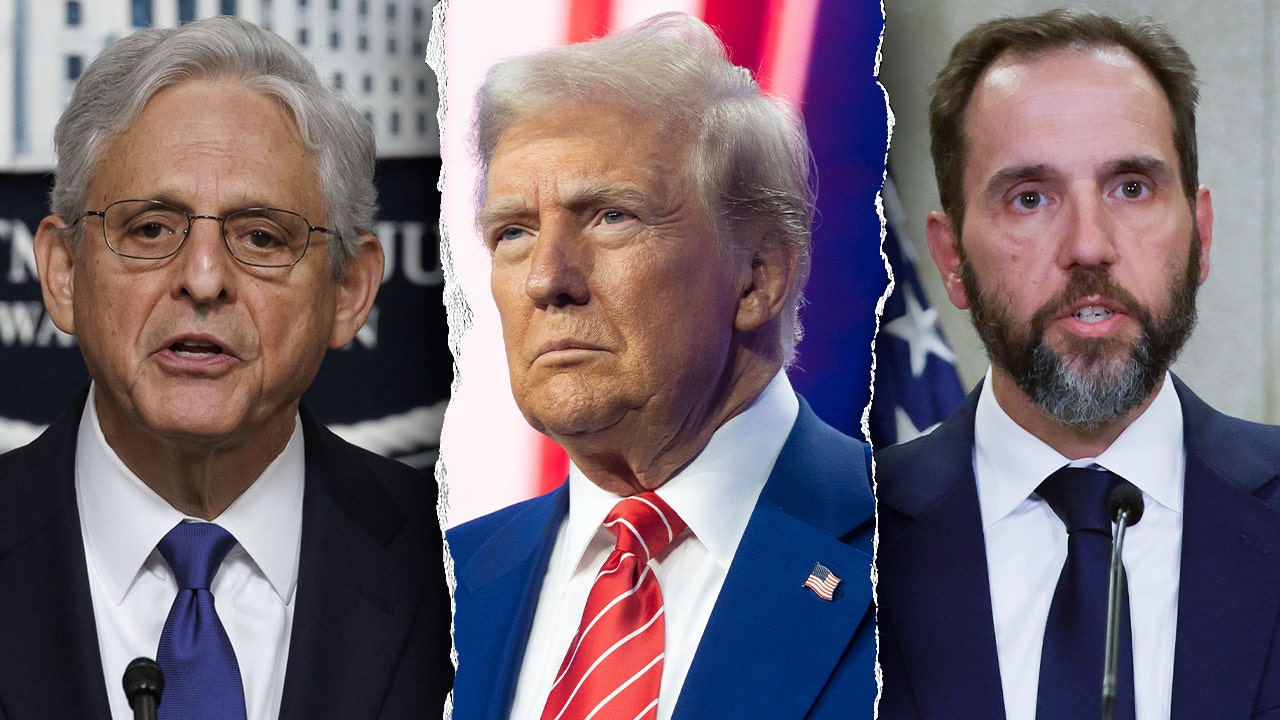The first global summit on artificial intelligence was launched in Britain yesterday, Wednesday, in Bletchley Park, a site considered the cradle of computing in Europe due to the role it played in encryption and intelligence operations during World War II.
It seems that the choice of the conference venue was not in vain, as the site has a special symbolism for Britain and the world of technology. Here are 5 facts about this site, which is located in Milton Keynes, southeast England, about 50 miles (80 kilometers) northwest of London:
- Bletchley Park was once the secret headquarters of British code-breakers in World War II, housing the men and women who cracked seemingly impenetrable codes, including Nazi Germany’s Enigma code. The Enigma machine is an encryption device developed and used in the early to mid-20th century to protect commercial, diplomatic, and military communications. It was widely used by Germany during World War II, in all branches of the German military.
“Enigma” is an encryption device developed and widely used by Germany during World War II (Associated Press) - Bletchley Park is the site where the world’s first programmable digital computer, Colossus, was developed by British code solvers. 10 Colossus supercomputers were used by the Bletchley Park team to analyze the German Lorenz cipher to enable the British to read high-level German army messages during World War II.
- Among the prominent codebreakers at Bletchley Park is the famous mathematician Alan Turing, who played a major role in cracking the Enigma code and is dubbed in technical circles the “Father of Computer Science.” Turing, Irving, John (Jack) Judd, and Donald Michie, who wrote extensively on “intelligent machines” and modern computing, worked at Bletchley.
The famous mathematician Alan Turing, who played a role in cracking the Enigma code from Bletchley Park (Associated Press) - The origins of code-breaking at Bletchley Park stem from the formation of the Code Breaking Unit in 1919, which was set up to develop signals intelligence following the successful interception of German radio traffic in the First World War. The unit, called the Government Code and Code School (GC&CS), moved to Bletchley Park in 1938.
- After D-Day, Bletchley Park’s staff began to disperse with some continuing to work with the Government Code and Code School, while others returned to civilian life. The name of the Government Code and Cipher School was changed in 1946 to become the Government Communications Headquarters – which now represents one of the 3 British intelligence and security agencies – along with the Fifth Office, known by the abbreviation “MI5”, and the Secret Intelligence Service, known by the abbreviation “M6”.




